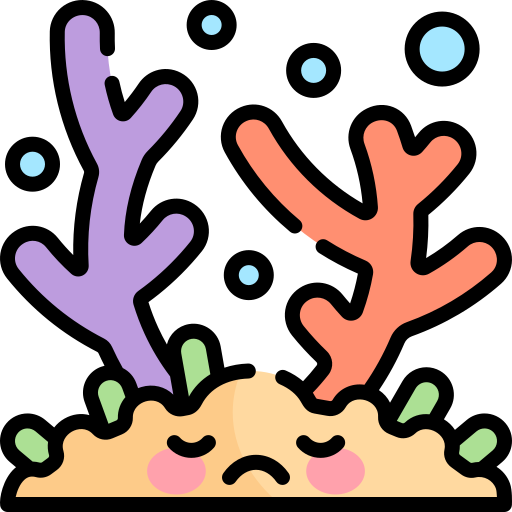Although the importance of pathogens in terrestrial ecosystems has been long recognized
(Grenfell and Dobson 1995), the role of diseases in most marine communities is comparatively
unknown (Peters 1993, Richardson et al. 1998, Harvell et al. 1999). This paucity of information
is surprising given that the ocean is a “microbial soup” supporting an immeasurable abundance
and diversity of potential parasites. Although it is clear that diseases can have significant impacts
on marine species and communities (Harvell et al. 1999), what is lacking is a basic
understanding of the full range of roles diseases play in the ocean.
In some cases, particularly virulent disease outbreaks may drive host populations below a
threshold from which they cannot recover, or can do so only at a very slow rate. A particularly
well documented example of this is the Caribbean-wide die-off of the long-spined sea urchin,
Diadema antillarum, in the early 1980s (Lessios et al. 1984). During this epidemic, which was
caused by a pathogen of unknown identity, the entire Caribbean population of D. antillarum was
reduced by approximately 98%, providing a spectacular example of the transmission potential of
a novel, virulent marine pathogen. Within a year, the pathogen, apparently dispersed by major
surface currents, affected approximately 3.5 million square kilometers.
There are at least two ways in which climate change and human activity can increase the
emergence of new diseases: i) by increasing the rate of contact between novel pathogens and
naïve hosts, and ii) by altering the environment in favor of the pathogen.





